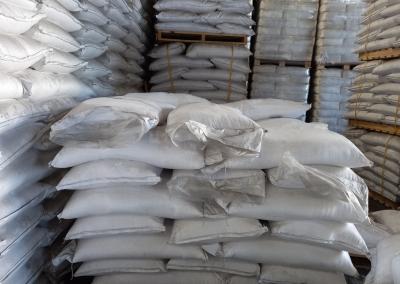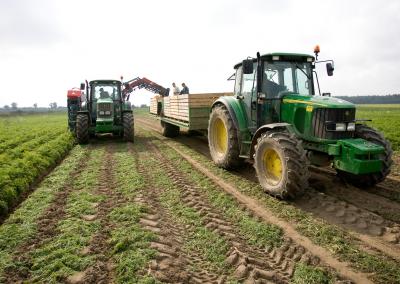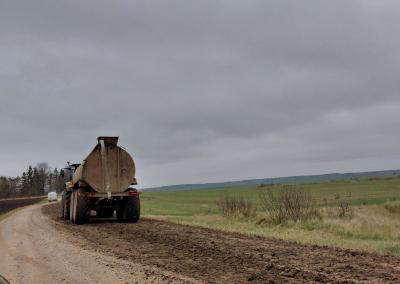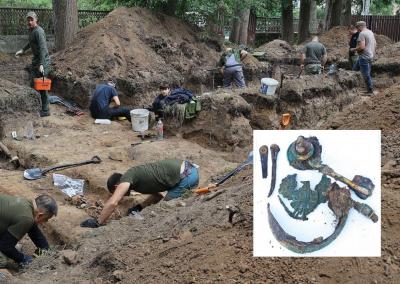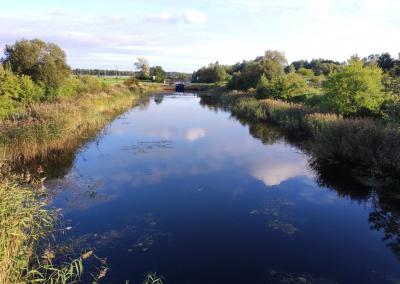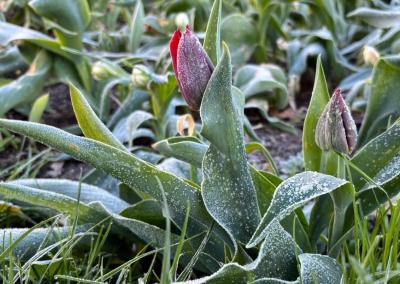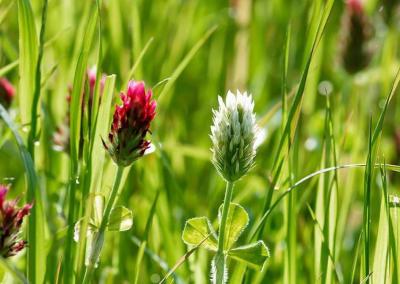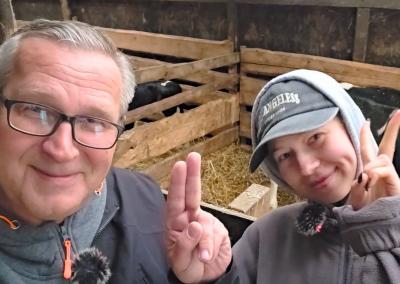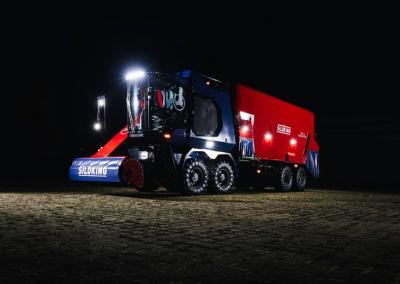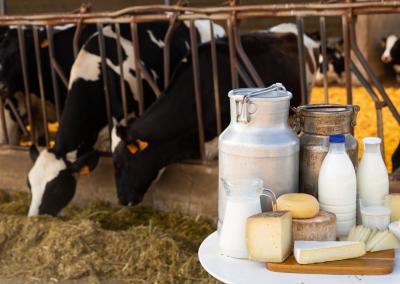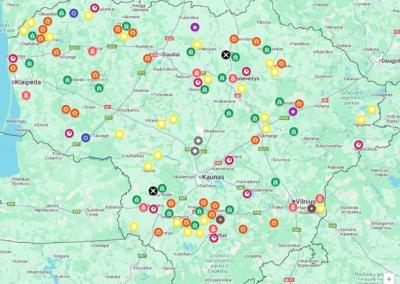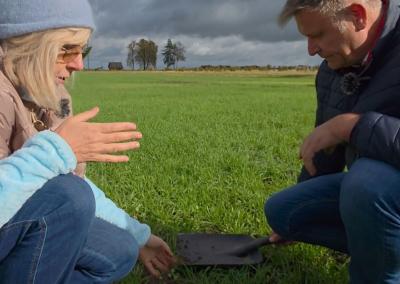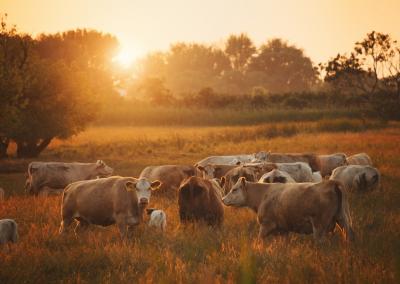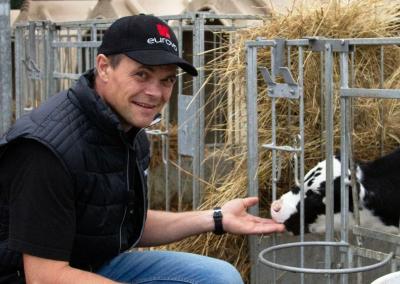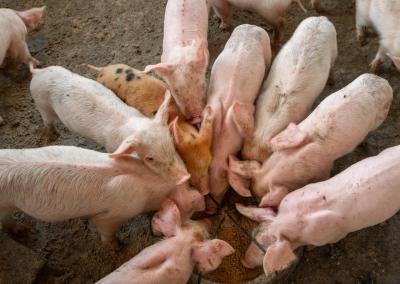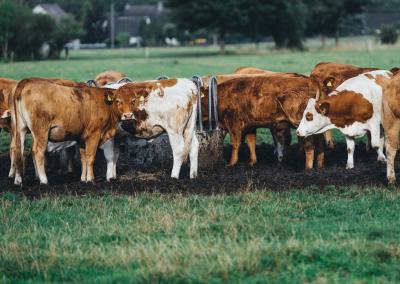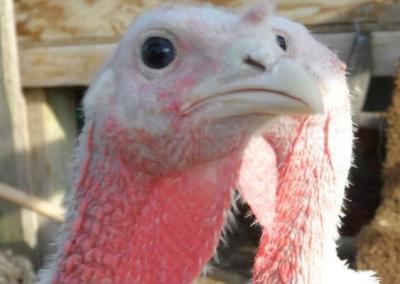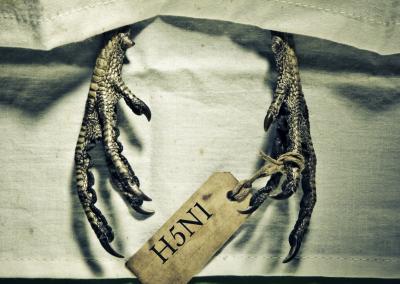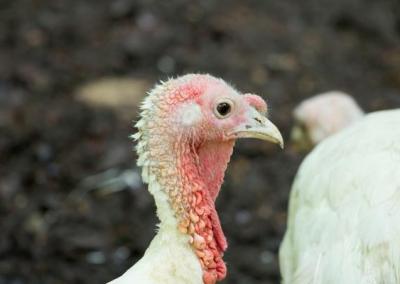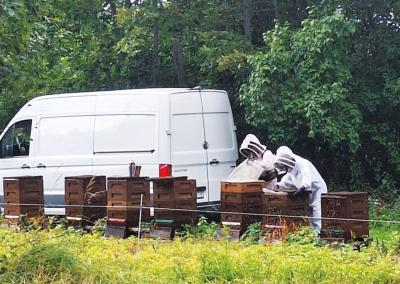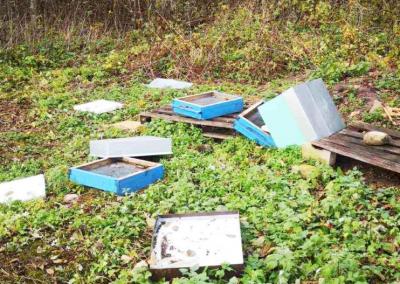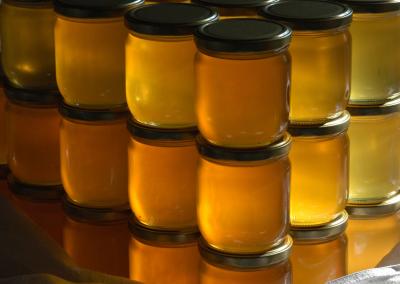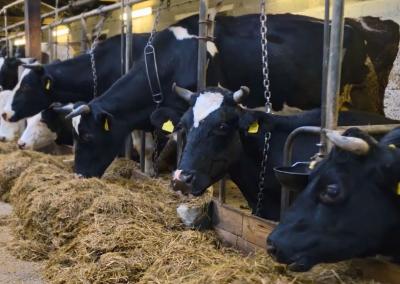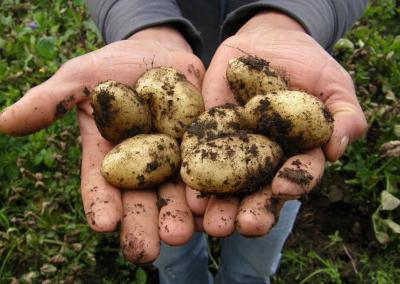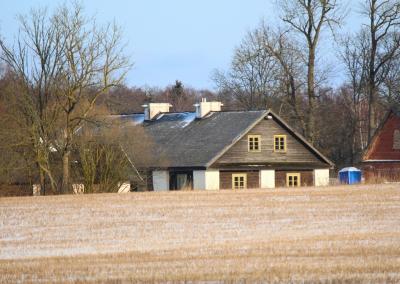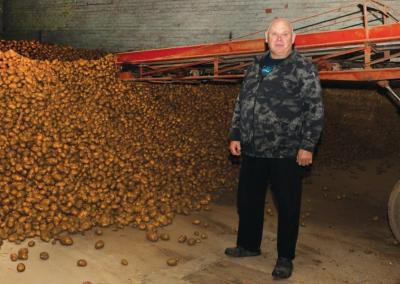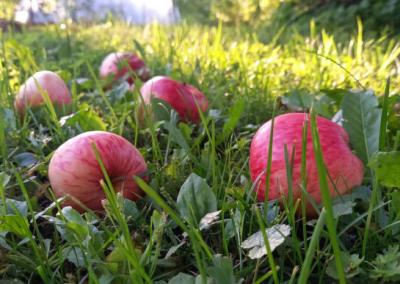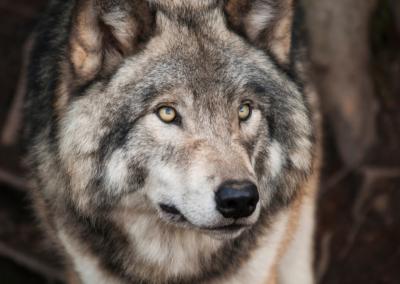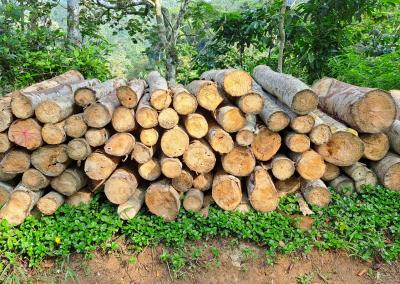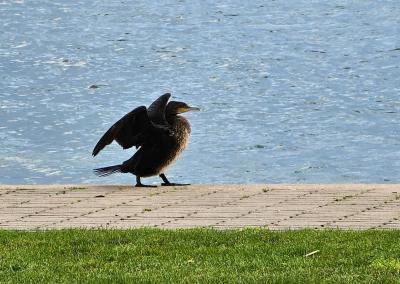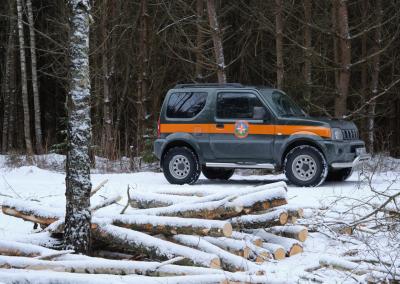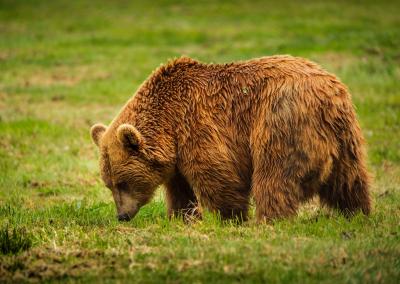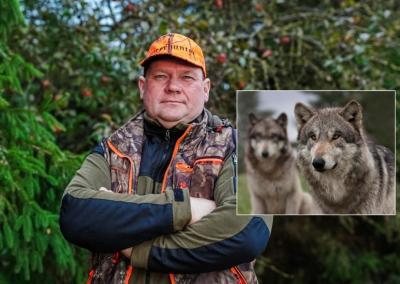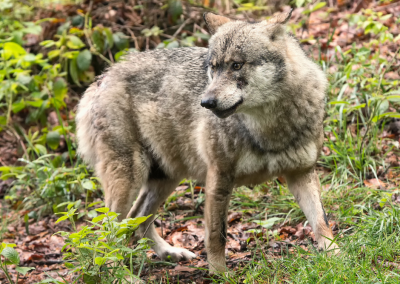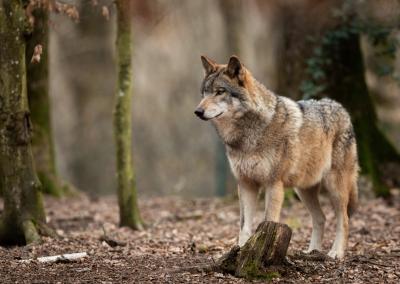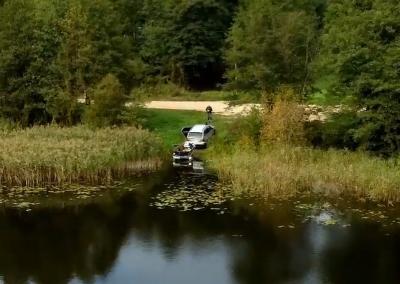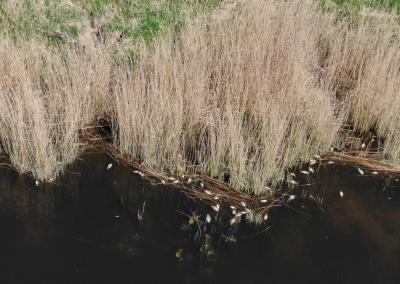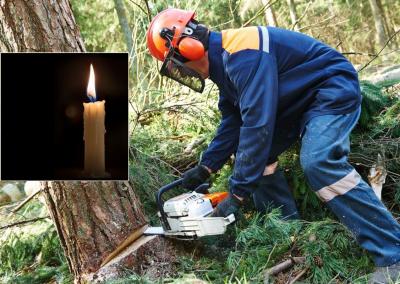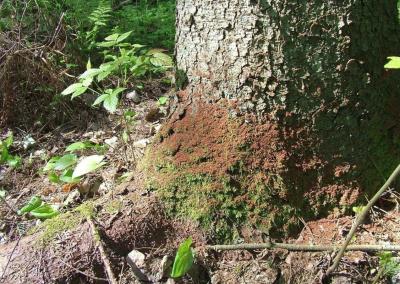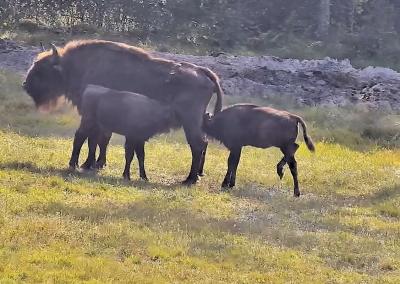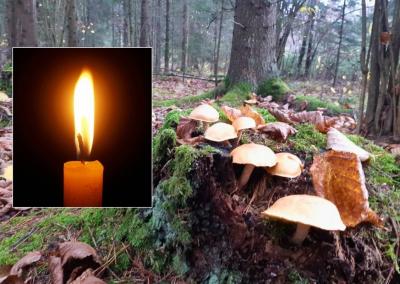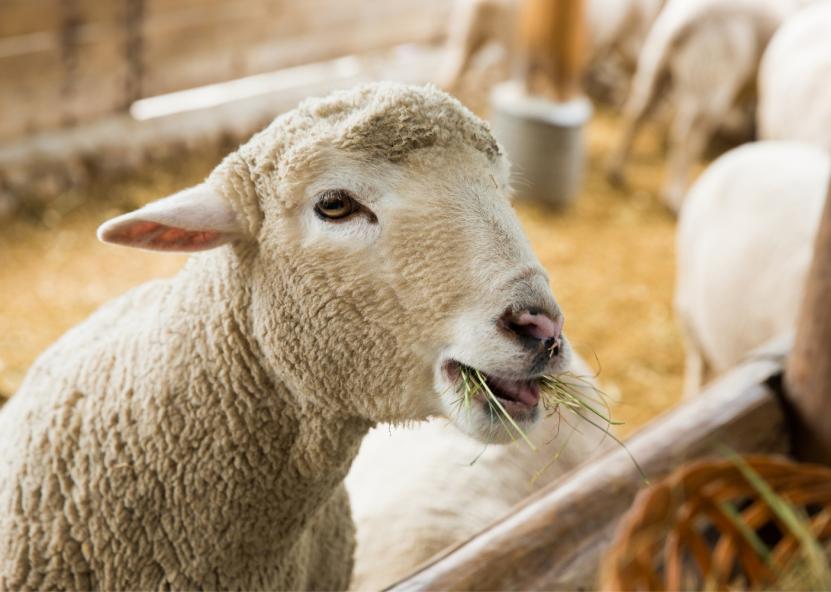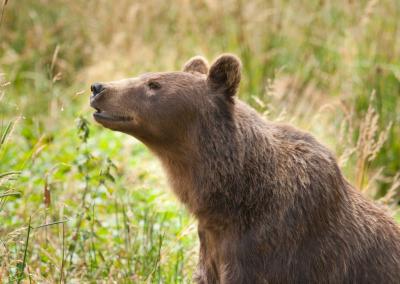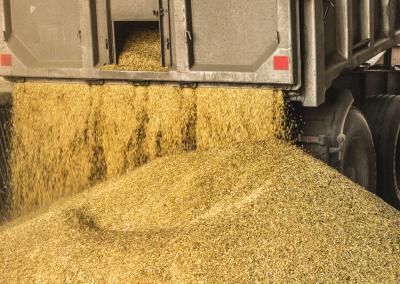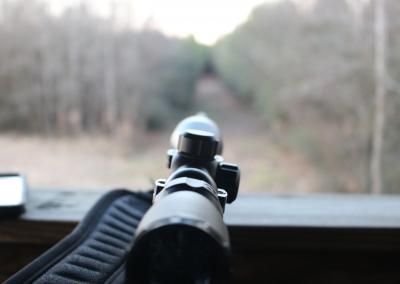Estonia issues additional wolf hunting permits in response to a mass wolf attack
In the early hours of Monday, 5 May, nearly 50 lambs were mauled by wolves in the village of Vazula, Tartu county. Some of them were still breathing when the slaughtered herd was found – the attack took place just 50 metres from the nearest residential house. This shows the increasing boldness of wolves in approaching human habitation areas.
Tenu Peterson, a spokesman for the hunting club, said that not even the electric shepherd was able to stop the wolves – it was already de-energised at the time of the attack. A specialist from the Environment Agency confirmed that the attack was most likely carried out by young wolves and was not the work of one animal. The exact number of predators is unknown.
Local hunters were called to the scene. They also confirmed that there could have been many wolves – it was a large-scale attack, which is unusual in spring. Such events are more common in late summer or autumn. In order to prevent repeated attacks, forest cameras have been installed around the area in cooperation with landowners and hunters.
In response to the incident, the Environmental Protection Service issued a special permit for the hunting of two wolves in the Vazula area. The hunters took the situation seriously – one of the suspected predators was hunted the same night.
Hunting a wolf in summer – a rarity
This is a great success because wolves are usually hunted in winter, when tracks are visible in the snow and easier to track. Hunting wolves in the summer is extremely difficult.
Similar attack – in Parnu county
On the same day, 5 May, at around 5 a.m., wolves also attacked the village of Elbu in Parnu County. There, 13 sheep were torn to pieces. And this attack took place just 50 metres from a dwelling house – the sheep were kept in a summer enclosure fenced with a five-wire electric fence.
Farmer Marko Hieme said he has been keeping sheep for nine years, but in the last two years the problems caused by wolves have become more acute. Last year, wolves tore up a few sheep, but this year the damage is much worse. To protect his flock, he keeps two German Shepherds on the farm.
Attacks on the increase
A similar case was recorded last autumn in the village of Maramaa – just 5 km from Vazula. Two wolf hunting permits were also issued then. The same farm in Vazula was also attacked by wolves in November 2023 – this was reported in „Tartu Postimees“.
The Tartu Hunting Club has recently submitted a new application to the Environmental Protection Authority for permits to hunt wolves in the Tammistu and Vahelane hunting areas. A wolf hunting permit was also issued this spring for the Soma region.
Zoologist criticises wolf population management
Zoologist Nicholas Laanetu says the permit system only helps in individual cases, but does not help to manage the wolf population in the long term.
In some regions, game populations have declined so much that wolves have decimated natural prey resources. This also means worsening conditions for the predators themselves. Laanetu criticises that the current predator management plan underestimates habitat quality – there is no scientific research on the extent to which specific forest areas are suitable for wolves, especially in areas where clear-cutting dominates.
In his opinion, the current wolf protection and control plan needs to be revised. It does not calculate a realistic balance between population size, habitat capacity and food availability. The plan describes wolf biology, ecology and genetics extensively, but neglects one of the most important aspects – habitat quality and area.
